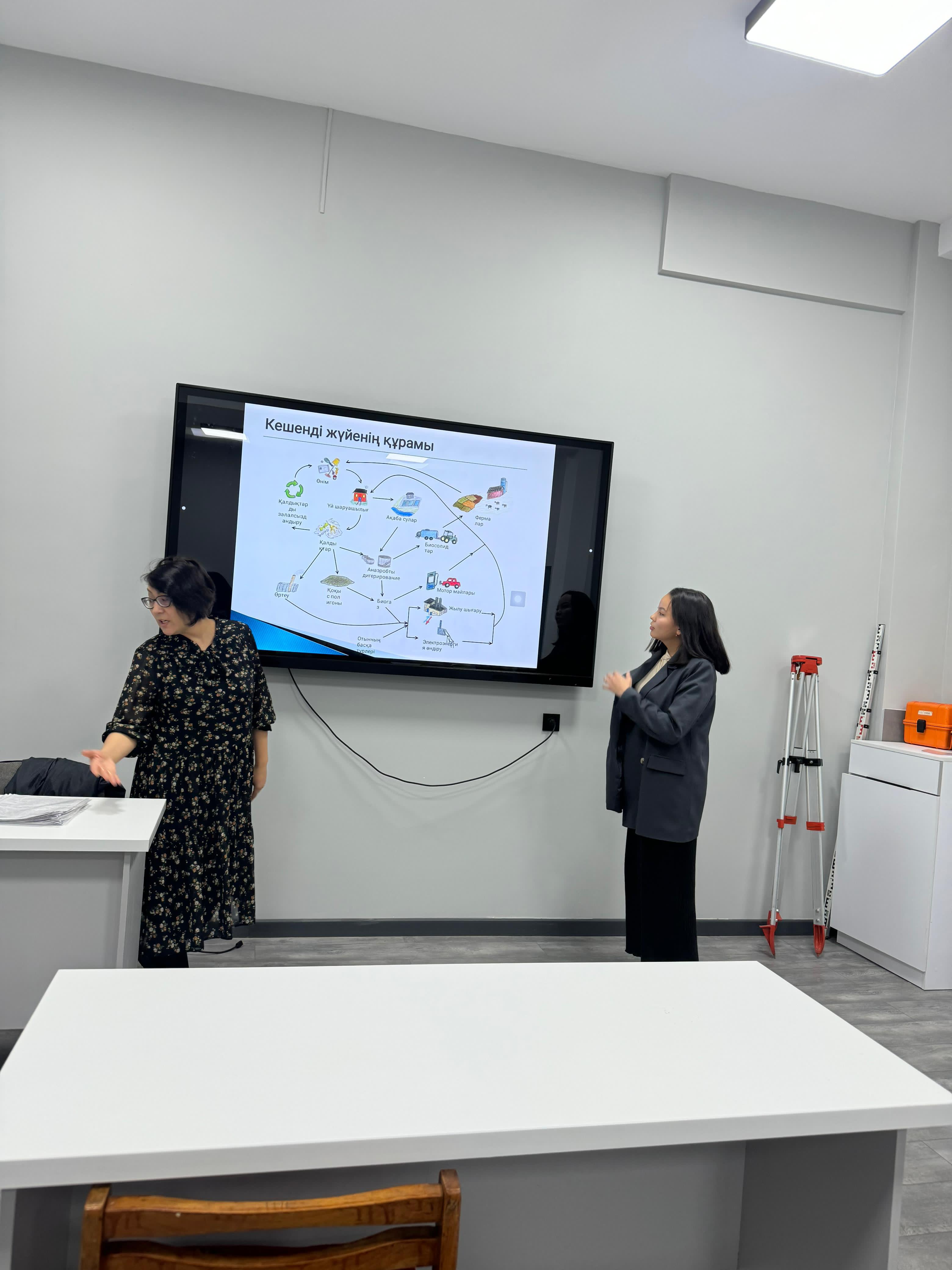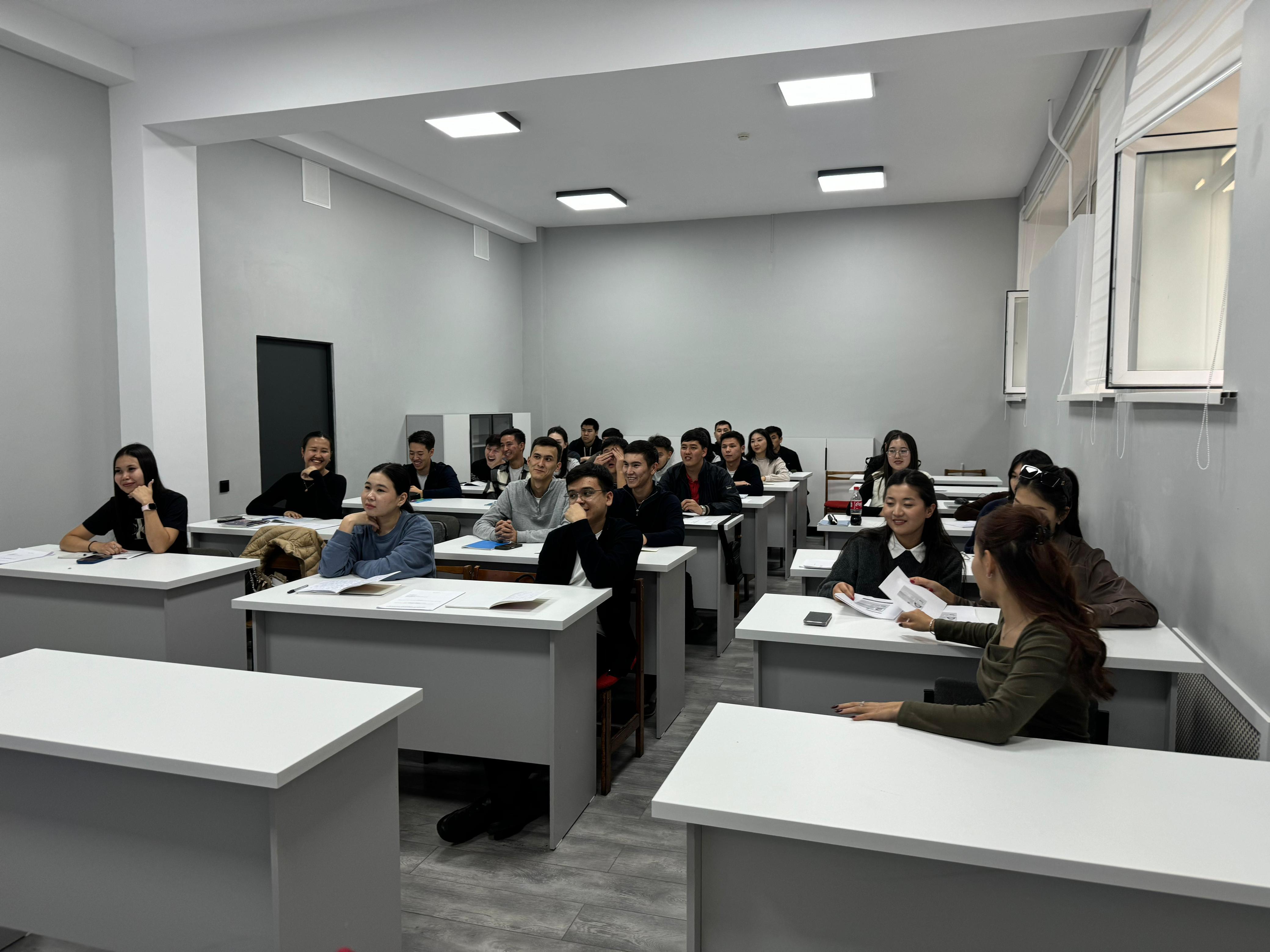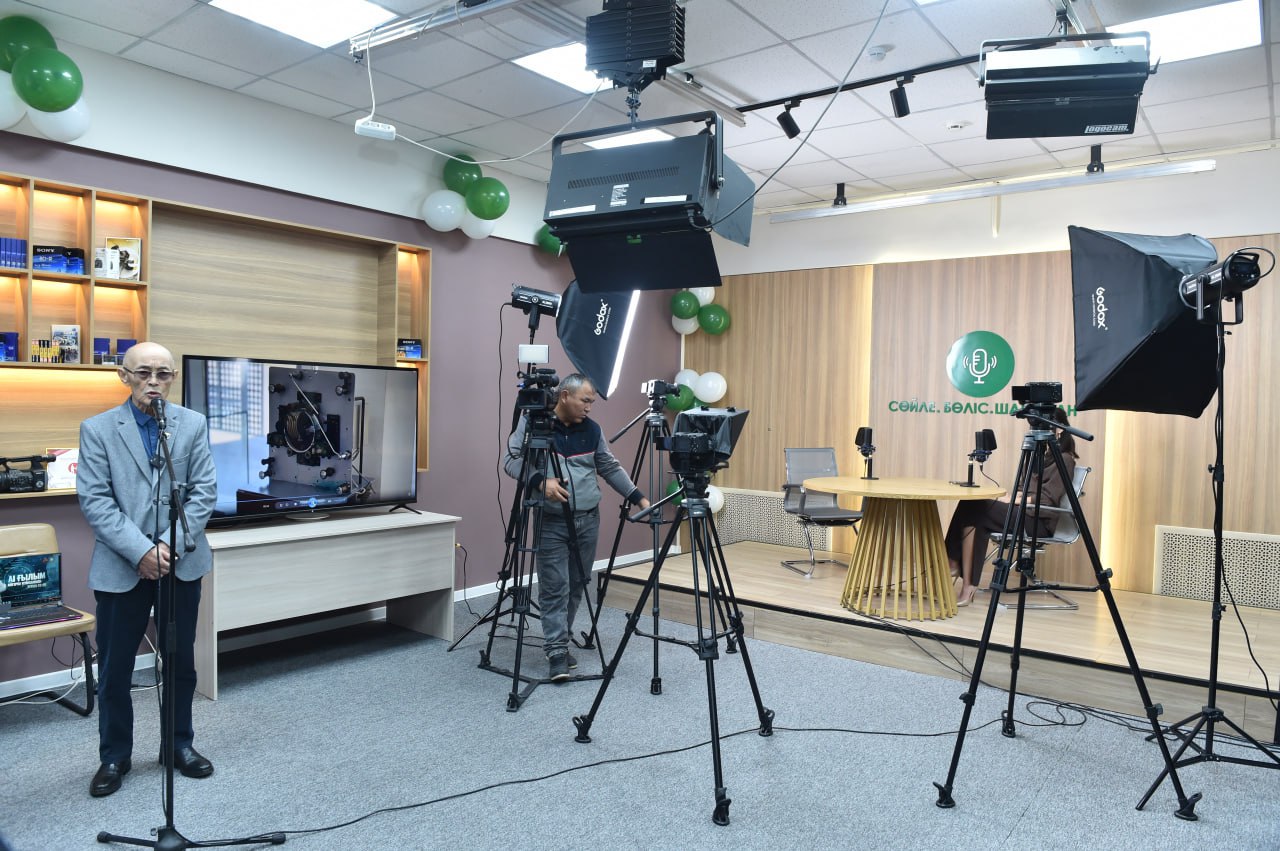"Efficiency and development of low-waste and resource-saving production"

On October 10, 2024, senior lecturer of the Department of Geography, Land Management and Cadastre A.S. Ikanova and 4th-year student "6B07303-Land Management" A.E. Zhasybekova held a round table with 4th-year students of the specialty "6B07303-Land Management" on the topic "Efficiency and development of low-waste and resource-saving production", dedicated to the Sustainable Development Goal (SDG) 12 - Responsible consumption and production.

During the round table, the issues related to ensuring the transition to rational consumption and production models were discussed. Data were provided on the annual consumption of the entire volume of food produced – equivalent to 1.3 billion tons worth approximately 1 trillion US dollars – as a result of rotting in the trash cans of consumers and retailers or spoiling due to improper transportation and collection conditions. If the world's population switched to using energy-efficient light bulbs, the world would save 120 billion dollars annually. If the global population reaches 9.6 billion people by 2050, the resources of the three planets of the Earth will be required to provide the natural resources necessary to maintain the current lifestyle, so efficient consumption must be introduced to every inhabitant of the planet.
Modern urbanization, industrialization, population growth and economic development contribute to an increase in the amount of waste, its complexity and danger. The 2030 Sustainable Development Goals include proper waste management and a strategic vision for using waste as resources in a more waste-free economy.

The discussions held at the round table allowed students not only to gain a deeper understanding of the problems of consumption and production waste, but also to understand that "Responsible Consumption and Production" explores ways in which everyone can help preserve the environment by changing our consumption and production patterns. Using our own example, each of us can help by reducing waste and being responsible for the fact that, how and in what quantity we accumulate consumer waste, as well as when sorting consumer waste, we learned about the need to collect hazardous waste (batteries, fluorescent light bulbs, medicines, etc.) which must be delivered to collection points.


